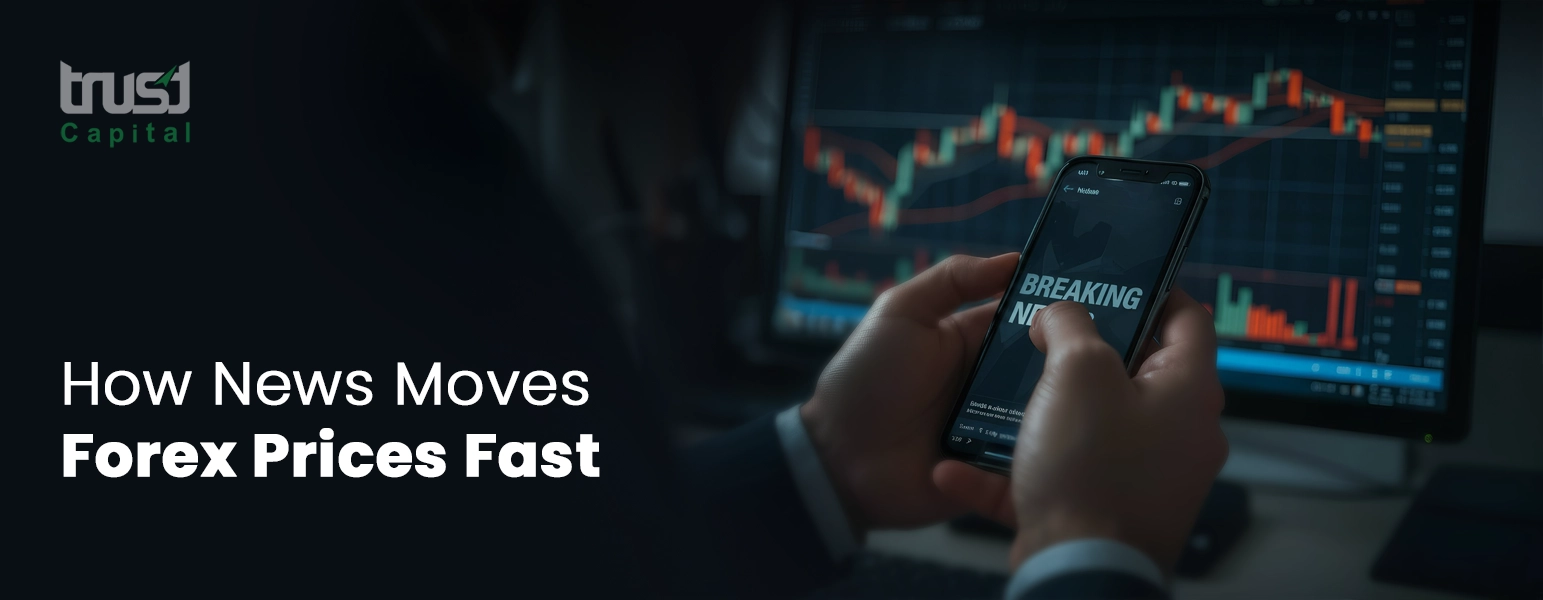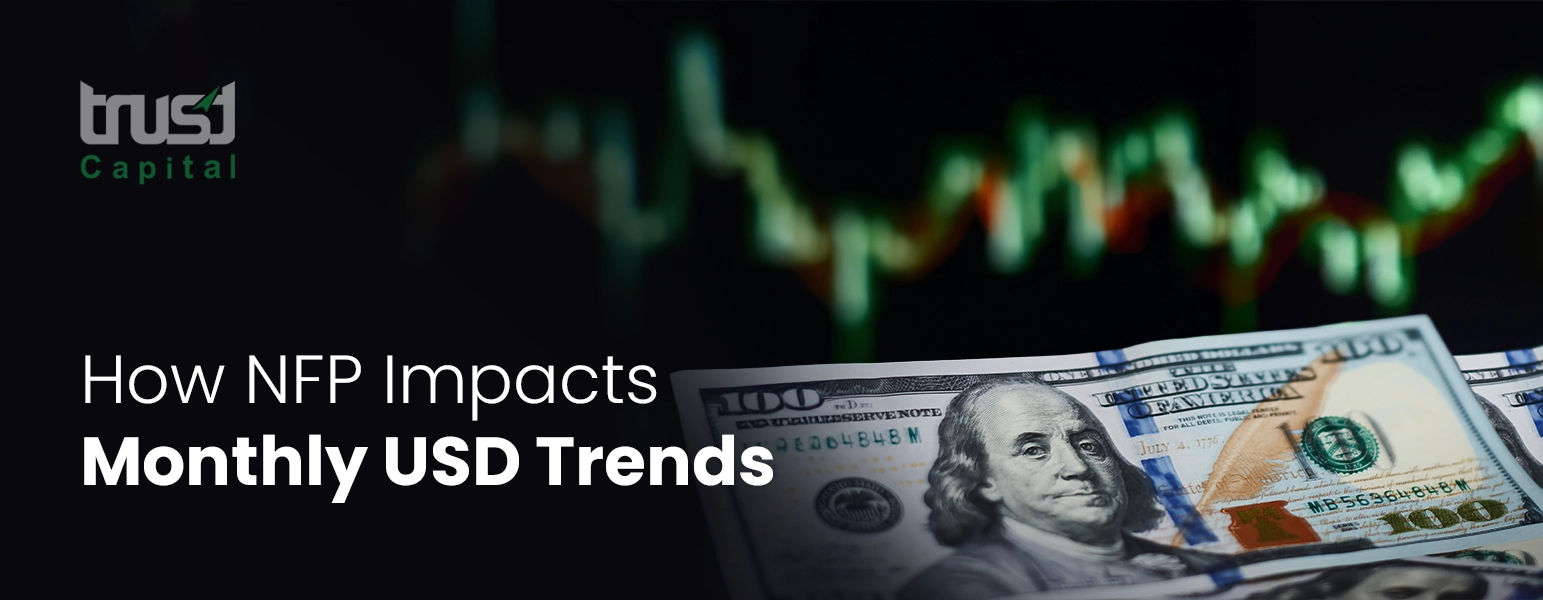The Future of Cryptocurrency

From their peak prices in late 2021, bitcoin and Ethereum have fallen by more than 50%. The cryptocurrency market as a whole remains mainly stagnant, despite some minor increases in recent weeks. Nobody can say for sure, but some analysts believe that before a prolonged upswing, cryptocurrency values may fall considerably more.
In 2021, the price of bitcoin reached many new all-time highs, followed by significant declines, and increasing institutional investment from significant firms. The second-largest cryptocurrency, Ethereum, also reached a new all-time high in late 2018 before falling to its lowest point since the beginning of 2021 in June, at around $900. Government representatives in the United States and the Biden administration have voiced
What will happen for the rest of the period of 2022?
Long-term forecasting is challenging, but shortly, industry professionals will be watching developments like institutional acceptance of cryptocurrency payments and regulation to attempt and gain a better understanding of the business.
Regulations
U.S. government representatives have expressed a strong interest in stablecoin regulation, particularly in light of the most recent Terra Luna crash. The stablecoin TerraUSD (UST) debugged from the dollar in May as a result of the collapse in cryptocurrency markets, which also brought about a drop in the associated cryptocurrency Luna. As a result, many investors from Terra and Luna saw their money disappear within a short period. Within a few weeks following Terra’s failure, the cryptocurrency market crashed once again. As a result of the dire market conditions, numerous crypto firms announced layoffs and blocked withdrawals to reduce expenses. Since then, other businesses have declared bankruptcy, including Celsius and Three Arrows Capital.
Because of the snowball effect, federal officials have suddenly had greater ammunition to advocate for crypto regulation.
Strict regulation may be coming soon after the disastrous events that have occurred in the cryptocurrency market over the past few weeks, according to Marcus Sotiriou, a market analyst at digital asset broker GlobalBlock. The failure of Defi lenders may be the impetus behind the regulators’ desire to impose strict regulations on cryptocurrencies.
Even though there is still more to be done, there have been significant regulatory advancements in 2022. The “responsible development” of digital assets, including stablecoins, is the subject of an executive order that President Joe Biden issued in March and directed federal departments to investigate. The first framework resulting from President Biden’s executive order on digital assets was just released by the U.S. Treasury Department. It describes how the U.S. should interact with foreign nations over digital assets.
More generally, investor protection around these several service providers—the exchanges, the lending platforms, and the broker-dealers—advantageous for the public right now, according to Gensler in a recent interview. So, the SEC is working in each of those three areas — exchanges, loans, and broker-dealers — and talking to industry members about how to comply or reduce some compliance.
Regulation in the cryptocurrency world faces challenges, as do most things. According to Jeffrey Wang, head of the Americas at the Amber Group, a Canadian-based cryptocurrency finance company, “there are several organizations that may or may not have jurisdiction to monitor anything. “And it varies from state to state.”
Future of NFTs
Non-fungible tokens, or NFTs, have existed since 2014, but it wasn’t until 2021 that this cutting-edge technology became widely accepted.
NFTs, which stand for digital ownership of a variety of unreplicable intangible goods, has caught the interest of prominent people and large corporations like American Express and Gucci. According to data gathered by DappRadar, an app store for decentralized applications, total NFT sales reached $25 billion in 2021 as opposed to $94.9 million the previous year.
However, the question of whether NFTs are merely a fad or a trend is still up for dispute. According to statistics from DappRadar, NFT sales declined below $1 billion in June for the first time in the previous 12 months.
Future Outlook for Defi
If you have any cryptocurrency investments, you’ve undoubtedly heard of the phrase “Defi.” It stands for “decentralized finance” and alludes to a digital environment where alternative financial services run on blockchain and cryptocurrency technologies.
Defi replaces conventional middlemen like banks and lenders with “smart contracts.” In essence, the software is replacing the companies we deal with daily to handle our accounts. As a result, there is no central authority to which Defi entities must answer.
Defi, however, is still in its relative infancy, much like the early days of the internet, when there were few websites, few online services, and primitive chat rooms, giving the impression of the “Wild West.” There will thus be some bruising and scrapes along the way Outlook.
Outlook for Bitcoin’s Future
Since it is the most valuable cryptocurrency by market cap and the rest of the market tends to mimic its tendencies, Bitcoin is an excellent predictor of the crypto market as a whole.
After a tumultuous journey in 2021, the price of bitcoin reached a new record high in November when it surpassed $68,000. But in 2022, it all came tumbling down.
Amid continued macroeconomic uncertainty brought on by increasing inflation, a weak stock market, rising interest rates, and worries of a recession, Bitcoin and the larger crypto market has been declining this year. Since last November, Bitcoin has lost more than two-thirds of its value and recently fell as low as $17,500. On whether bitcoin has bottomed out yet, experts are divided.
Outlook for Ethereum’s Future
The second-largest cryptocurrency and most well-known alternative coin are called Ethereum. It can be used as a reliable indicator of the cryptocurrency market, much like bitcoin. Its worth has significantly increased during the past six years.
Despite being some distance from its all-time high, the price of Ethereum has the potential to increase significantly throughout the rest of 2022.
According to experts, the outcome of Ethereum’s significant upgrade, scheduled for September 19, might affect that figure. Ethereum is updating its technology to a less energy-intensive version known as “The Merge” among insiders. The network will allegedly become quicker, more affordable, and more effective as a result of the update.
What the price volatility of bitcoin and Ethereum imply for investors
The volatility of bitcoin and Ethereum is another justification for investors to play a steady long game. Don’t be concerned with short-term volatility if you’re buying with the intention of long-term gain. As experts continue to warn us every time there is a price swing — whether up or down — emotional reaction can cause investors to act rashly and make decisions that result in losses on their investment, the best thing you can do is not look at your cryptocurrency investment, or “set it and forget it.”
The Future of Cryptocurrency
The fact is that cryptocurrency is still a new and speculative investment with no historical data on which to base forecasts. We may guess what value bitcoin may have for investors in the future months and years (and many wills). No of what a particular expert believes or claims, nobody truly knows. For long-term wealth creation, it is crucial to only asset what you are willing to lose and to stay with more traditional assets.
Keep your investments modest, and never prioritize cryptocurrencies over other financial objectives like retirement savings and debt repayment with high-interest rates.
Risk Warning
This material is considered a marketing communication and does not contain, and should not be construed as containing, investment advice or an investment recommendation or, an offer of or solicitation for any transactions in financial instruments. Past performance is not a guarantee of or prediction of future performance. Trust Capital does not take into account your personal investment objectives or financial situation. Trust Capital makes no representation and assumes no liability as to the accuracy or completeness of the information provided, nor any loss arising from any investment based on a recommendation, forecast, or other information supplied by an employee of Trust Capital, a third party or otherwise.
CFDs are complex instruments and come with a high risk of losing money rapidly due to leverage. 77.78% of retail investor accounts lose money when trading CFDs with this provider. You should consider whether you understand how CFDs work and whether you can afford to take the high risk of losing your money. Trust Capital does not offer Contracts for Difference to residents of certain jurisdictions including the USA, Iran, North Korea, UK, Czech Republic and Belgium. Please consider our “Risk Disclosure“.


